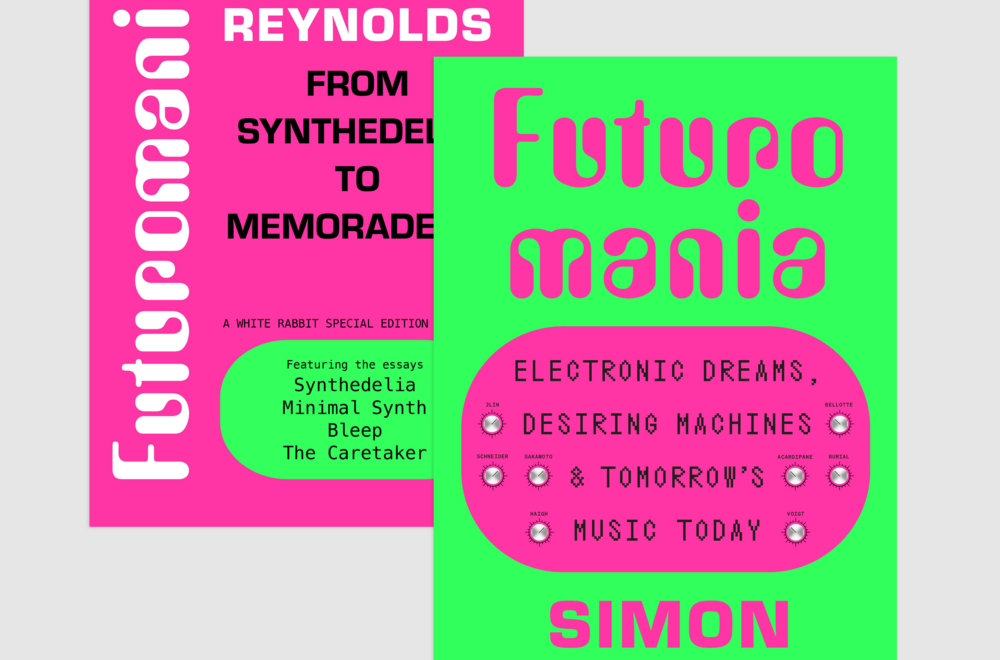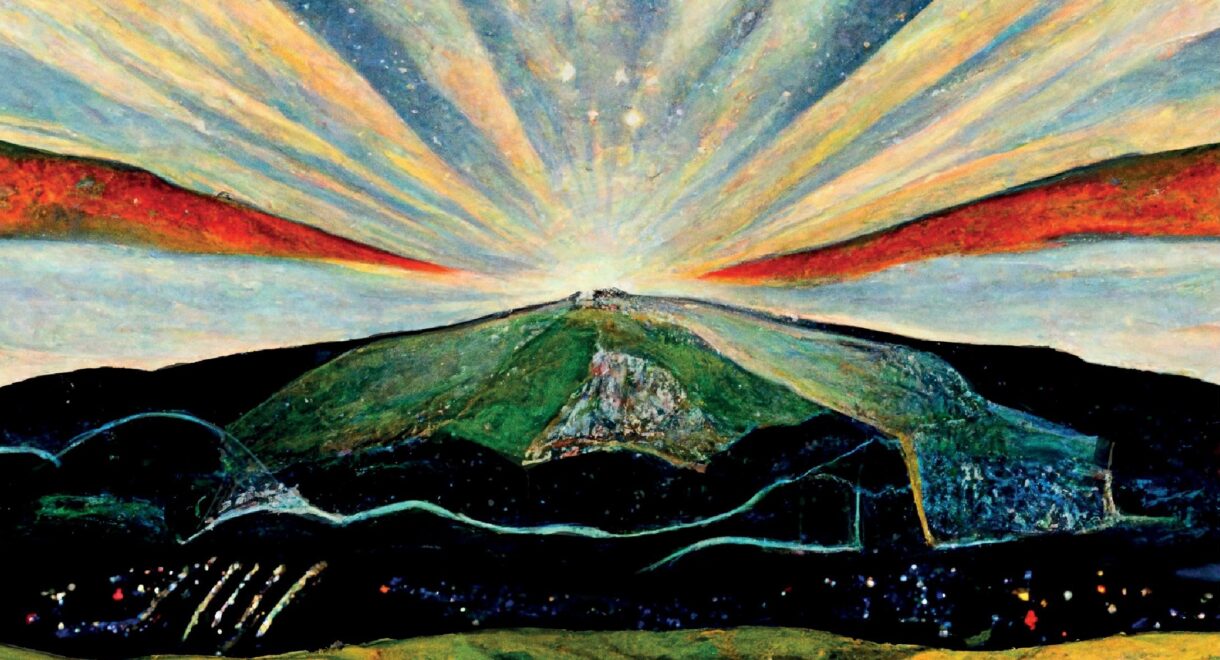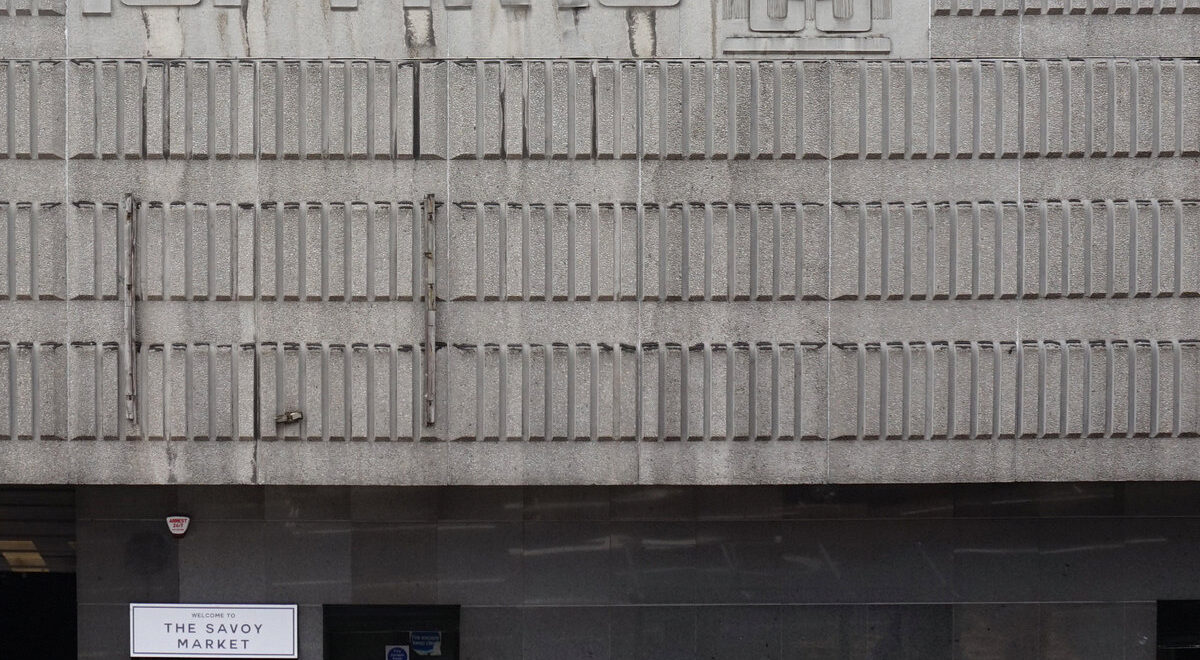The summer is halfway over and you’ve been scrolling for like, what, six weeks straight now? Step away from your phone (after reading this, of course). An analog […]
Gymnopédie 1980-1998: Electric Dreams of Satie

Synthesized Satie for home listening, the dance floor, and beyond.
You’ve heard groundbreaking French composer Erik Satie’s slow, existential sounding pieces in numerous films, shows, animations, and documentaries. They cue mystery (the opening credits of Gaspar Noe’s Climax), suspend time (James Marsh’s Man on Wire), and sometimes even reflect the humor of a scene (The Royal Tenenbaums). Though he is widely known for his meditative solo piano compositions “Gymnopédies,” “Gnossiennes,” and “Sarabandes,” whatever the format, style, or decade, Satie’s ideas seem to miraculously blend in and spread his alluring sound.
Although composed for piano, Satie’s (1866-1925) best known works have inspired generations of creators, especially in the electronic music realm. In 1917, Satie coined a style of music called “musique d’ameublement,” literally “furnishing music.” The idea would later inform Brian Eno’s concepts of “ambient” music and the 1980’s Japanese “environmental music” movement. Similar to Discreet Music, Music for Airports, and kankyō ongaku, “furniture music” was intended to blend into a space and could, as Satie put it, “mingle with the sound of the knives and forks at dinner.”
A century after he composed his most famous pieces, Satie’s melodies have made their way onto dance floors and mixed with drum machines, DJ’s, and strobe lights. A synthesized rendition of Gymnopédies became a hit at Ibiza’s 80’s balearic “chillout” bar (and home to DJ Jose Padilla) Café del Mar. In 1993, crucial German electronic producer Wolfgang Voigt sampled Satie on a track for his 303 acid techno project Love Inc. Mark Stewart of influential post-punk band the Pop Group crafted a dub-influenced dance track sampling Satie.
We’ve been deep in the chillout, downtempo, and ambient zones recently, so below we’ve shared a selection of our favorite electronic tracks that cover, reference, or sample Satie, including pieces intended both for home listening and the dancefloor.
Gary Numan – Trois Gymnopedies (1980)
One of Numan’s few non-original pieces, this rendition of “Trois Gymnopedies (First Movement)” appears on the B-side of “We Are Glass” and, when layed on Arp and Polymoog synthesizers with plenty of reverb, features a main melody that sounds somehow more haunting than the standard version. There’s also a live version on Living Ornaments ’81 along with this interesting performance at Wembley Stadium from the same year…
Morgan Fisher – Gymnopedie No. 1 (1985)
The great English minimal composer Morgan Fisher moved to Japan in the 1980’s and quickly immersed himself in the country’s so-called environmental music scene. Inside Satie was one of the first albums Fisher recorded in Japan, and is perhaps the most devoted interpretation of Satie on this list. Recalls Fisher of the recording: “In three days I improvised on several of my favourite Satie themes. Mostly I played piano as well as the rich, analog-sounding Yamaha GS-1 (precursor of the DX-7), and sometimes used long tape delays to build layers of sound. All the pieces were recorded in single takes – no overdubs (no time!)”
Hiroshi Yoshimura – Satie on the Grass (1987)
Like many environmental music composers, Hiroshi Yoshimura took cues from Debussy’s simple, freeform melodic approach. Often composed with soundscape design and architectural acoustics in mind, Yoshimura’s songs elevated their surroundings — spaces like dining halls, retail stores, and homes. “Satie on the Grass” is a lesser known piece from Yoshimura recorded in 1987 but not released until 2006. The track references “Gymnopédies” while adding Yoshimura’s own melodies and signature touch on the Yamaha DX7 synthesizer.
Patricia Escudero – Satie Sonneries (1987)
Released on the great Spanish “accidental music” label Grabaciones Accidentales and produced by Finis Africae’s Luis Delgado, Satie Sonneries presents a collection of Satie reworkings on what sounds like a very dusty DX7 synthesizer. I’ve used the phrase “haunting” in this piece once already, but the descriptor certainly fits here. Something about that synth, the phrasing, slight detunings, and church-like reverb sends these renditions somewhere dark, otherworldly, and beautiful.
Mark Stewart & the Maffia – Stranger Than Love (1987)
Industrial pioneer Mark Stewart of the Pop Group and On-U’s New Age Steppers created some seriously harsh music in the 1980’s by fusing elements of punk, reggae, and experimental music with powerful political statements like “Learning To Cope with Cowardice” and “Blessed Are Those Who Struggle.” He might seem like the last artist to connect with Satie melodies, but in 1987 Stewart collaborated with trip hop team Smith & Mighty on “This Is Stranger Than Love.” A track built on Satie’s “Gymnopédie,” it features somewhat hopeful lyrics “Somewhere there is a place for us. This is stranger, so much stranger than love.” Don’t miss the dub version!
Love Inc. – Gymnopedie (1993)
An alias of Wolfgang Voigt aka Gas, Love Inc. and features some of the German electronic legend’s most openly emotional works. Given Voigt love of melody, it’s not surprising then that Voigt sampled Satie’s deep, resonant melodies on his 1993 Monoculture EP. Here, “Gymnopedie” is reimagined for the rave, replete with four-to-the-floor drum machine beat, Roland bassline, and hearty bleeps.
Electric Satie – Gymnopédie ’99 (1989)
Electric Satie is a project by Japanese composer Mitsuto Suzuki. Released only on CD, his Gymnopédie ’99 is the most modern release on this list and includes four different versions of “Gymnopédie” as well as other Satie compositions and inspired motifs. The electronic beats here are wildly imaginative; ranging in styles from bossa and new age to ambient and chillout-room techno, the record harnesses a unique mix of drum machines, synthesizers, live percussion, distorted guitars, dub effects, and soprano saxophone.










